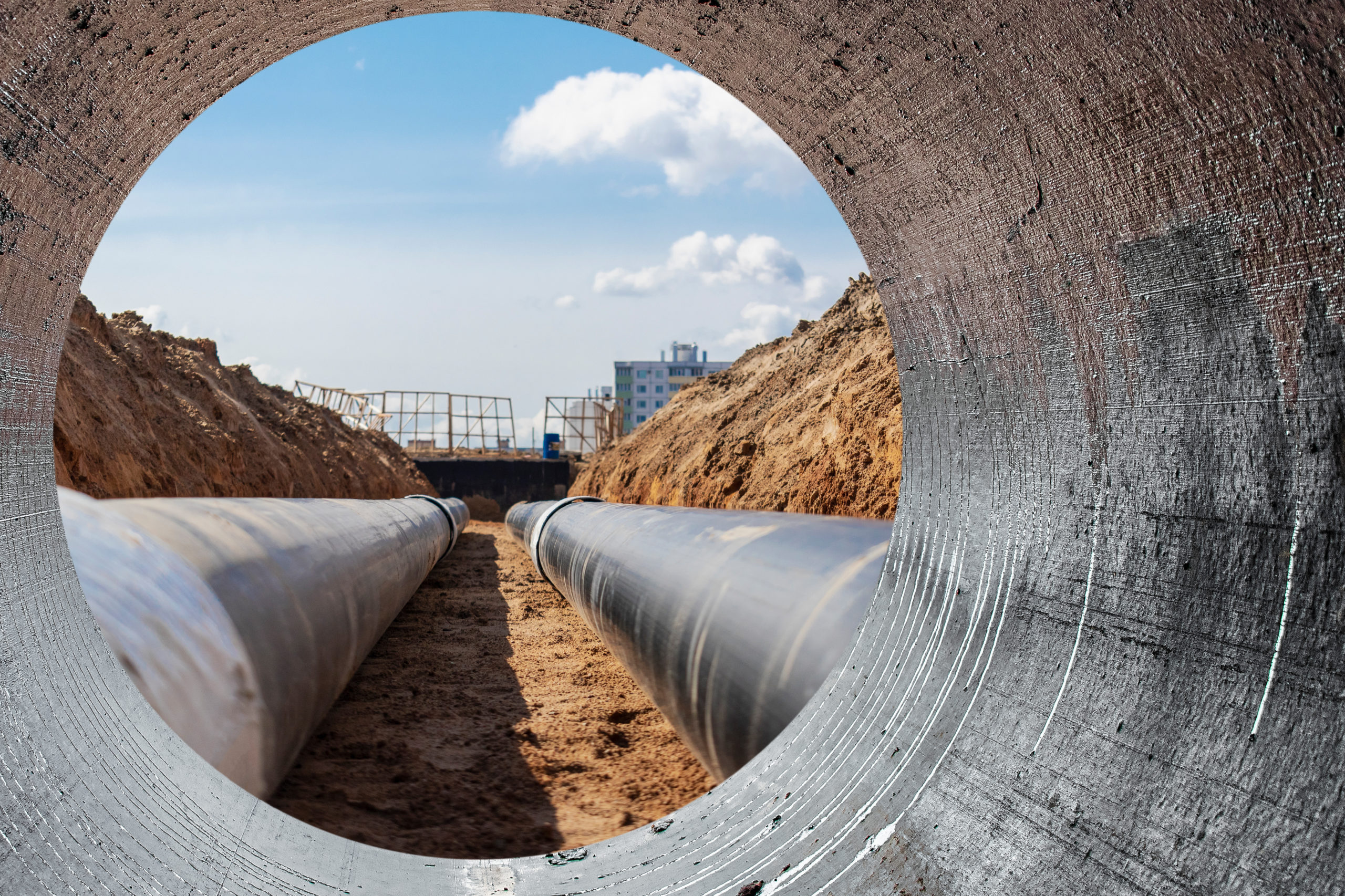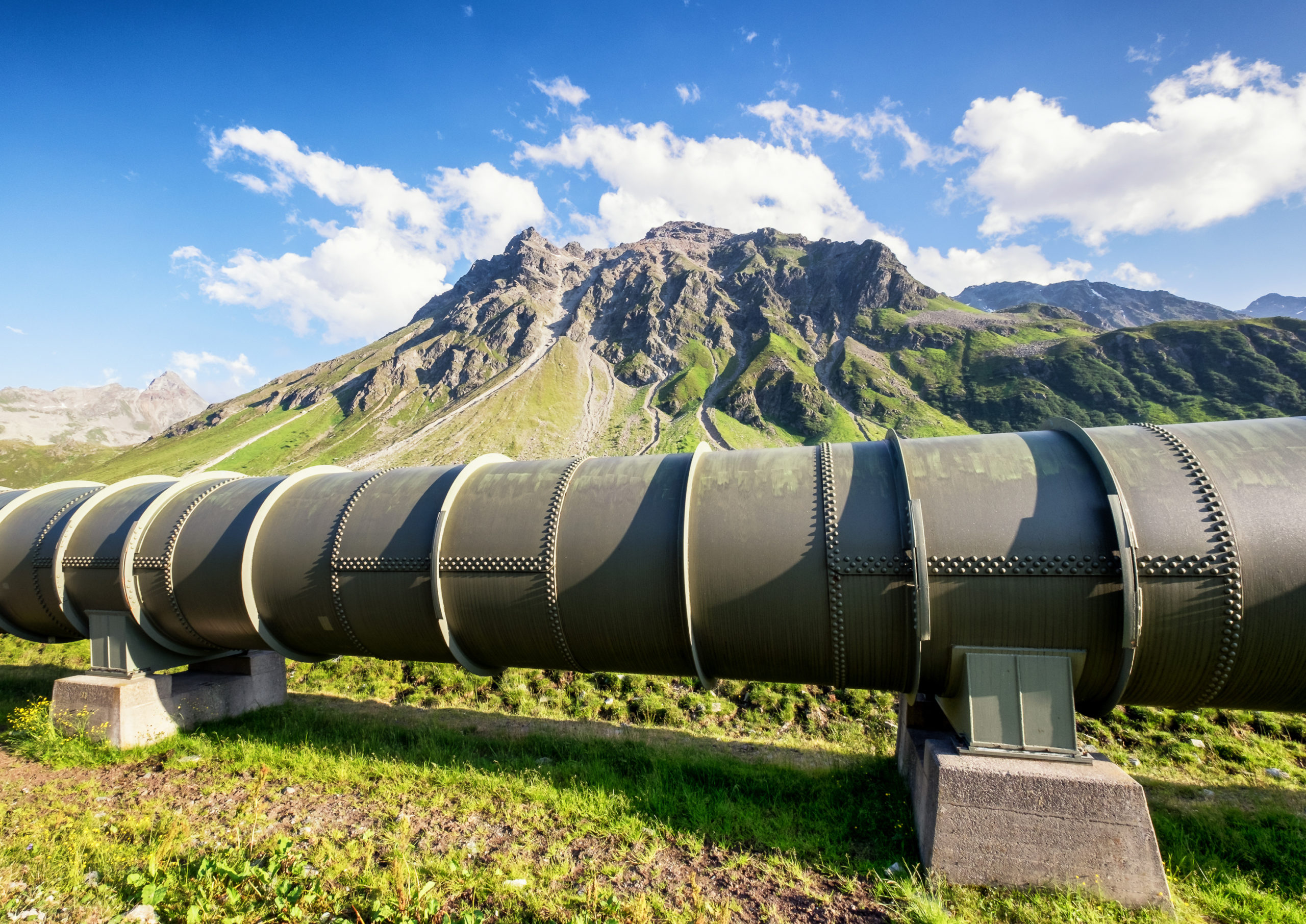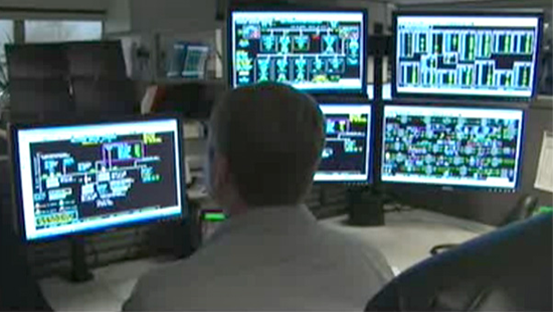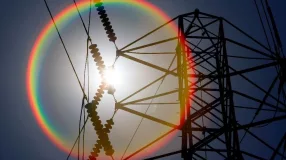By Stan Chapman, Chairman, Interstate Natural Gas Association of America
One of our engineers, named Mark, told me a story that I’d like to share.
While Mark was enjoying a Thanksgiving Day meal, his uncle asked him, “What is it that you do at TC Energy?” Before he could respond, Mark subsequently suffered through a few minutes of interrogation as to why we needed natural gas or fossil fuels, and why they are so bad for our world. Ultimately, Mark told me he remembered a similar discussion from one of our recent TC Energy town hall meetings and said, “My job is to lower your energy bills.”
According to Mark, after a bit of further explaining his uncle seemed satisfied with his response and started to understand the importance of what we do. Peace was restored at the dinner table.
Mark’s story made me think about how I respond when people ask me, “What do you do for a living?” If I tell them I build pipelines or work for an oil and gas company, too frequently I’m met with a furrowed brow and frown.
However, if I tell them that I help lift people around the world out of poverty by raising their standard of living, or that I build critically needed energy infrastructure that helps make the United States one of the world’s largest natural gas exporters and generates jobs and tax revenues for local economies, or that I promote the safety and energy security of our country and our allies abroad, the response is generally much different. It is one of intrigue.
These are not hypotheticals; all of these are true. As an industry, and individually, we need to be comfortable engaging in this dialogue. Natural gas and the infrastructure that delivers it are deeply interwoven into our economy, and I believe society is better for it.
For the millions of small businesses across the United States that drive our economy, such as a restaurant or dry cleaners, natural gas and the infrastructure that delivers it to their doorstep makes what they do possible. Our industry helps to build things and modernize cities. It is used to manufacture glass, concrete, steel, brick, ceramics and tile.
Many things we touch are powered or produced using natural gas. It’s important that we all know and can explain how natural gas and natural gas liquids are intertwined in our everyday lives as the building blocks for manufacturing everything from plastics to pharmaceuticals to fabrics. Our industry touches every other industry, and our success is their success.
What we all do collectively – to ensure the safe, reliable and efficient delivery of natural gas to the U.S. that creates warm habitable spaces when it’s cold and cool habitable spaces when it’s hot – is truly remarkable. In January 2019, during an Arctic blast called a Polar Vortex that delivered some of the coldest and snowiest weather on record, sources indicate that our industry delivered ~132 bcf in one day. Because we did that, doctors in hospitals were able to treat their patients, families kept their loved ones fed and warm, and people escaped life-threatening temperatures.
We are a major component of the power behind the plug that makes everything turn on from appliances to Alexa in homes, traffic lights in cities and computers that run the world…among other things. Not to mention, natural gas and its associated infrastructure complement renewables – a reminder that our future is one of natural gas and renewables, not natural gas or renewables. Without natural gas, the enhanced deployment of renewable resources may not have been possible.
We are an integral part of the clean energy future. Natural gas and natural gas infrastructure are critical to achieving national and global environmental aspirations efficiently and cost-effectively.
In the electric sector, the transition to natural gas-fired electricity generation from coal-fired generation is responsible for almost two-thirds of the cumulative decline in CO2 emissions since 2005. That’s pretty significant by any metric. Natural gas has helped the U.S. experience a 15-percent reduction in CO2 emissions since 2005. That’s equivalent to taking almost 20 million cars off the roads, or nearly all the new vehicles purchased in 2019.
The lower energy bills that millions of Americans have enjoyed are largely attributable to the United States’ emergence as the world’s largest natural gas producer. Household energy costs in America have declined nearly 11 percent over the last decade, while the cost of many other essentials has increased. Consumer prices have risen 73 percent for health care, 58 percent for education and 26 percent for food and groceries. The combination of resource abundance and state-of-the-art drilling and completions technology has made U.S. energy independence a reality.
Now, the economic and environmental benefits of natural gas can be realized on a global scale as innovation and advancements in technology bring abundant U.S. natural gas to countries around the world, as close as Mexico and as far as India.
For well over 50 years, we have sought innovative solutions to maintain, modernize, construct and operate the nation’s robust natural gas network. Our efforts have led to advances in efficiency, safety, pipeline security and resiliency of the critical energy delivery network, including great strides in carbon capture and storage, compressor technology and operational and digital tools.
Through these advancements in efficiency and innovation, the natural gas transmission and storage sector has significantly reduced its methane emissions. From 2011 to 2017, average methane emissions from large compressor stations decreased 23 percent. Even though, natural gas production increased 26 percent. This contributed to a total reduction of methane emissions from natural gas transmission and storage facilities of 44 percent since 1990, even when natural gas consumption increased 43 percent.
Overall, these emissions reductions in our sector have contributed significantly to reducing methane emissions from the entire natural gas value chain by 14 percent compared to 1990, while U.S. natural gas production increased 45 percent over that same time span. Think about that. At a time when natural gas production and consumption has increased nearly 50 percent, methane emissions decreased. That’s doing something.
As we evolve, innovate and advance, we will work to help others take notice of our efforts. The responsibility is on us to educate more, explain more and step out of our comfort zones to communicate the benefits and value we bring. We need to do a better job as an industry communicating, educating, promoting and defending our work. We get the gas to the customer so that the plant keeps running, the home stays warm and the restaurant serves up the dish that meets expectations, and we are continuously improving to fulfill our role responsibly.
We couldn’t do all of this without collaboration and communication among our peers, which is why I am proud to serve as the Chairman of INGAA this year.







